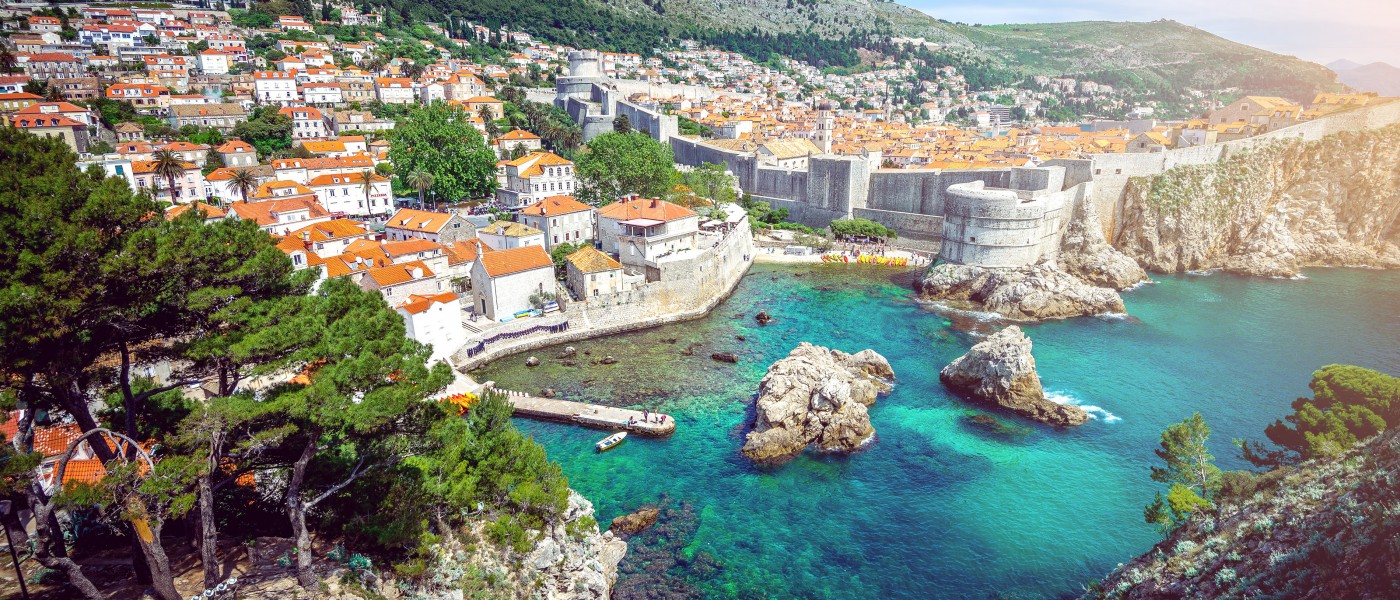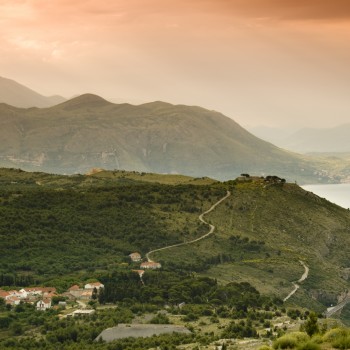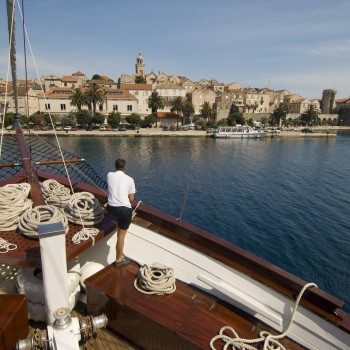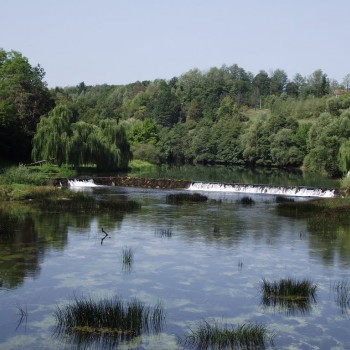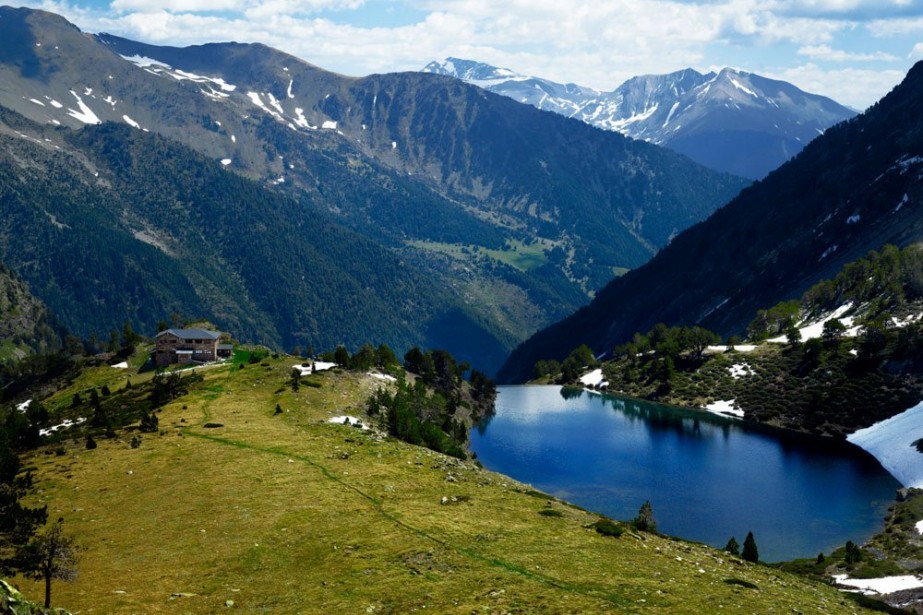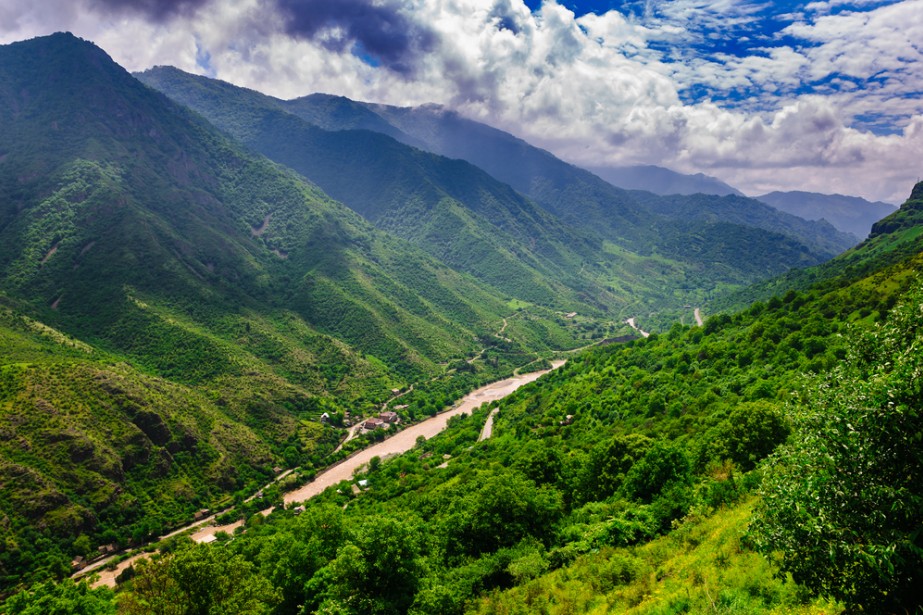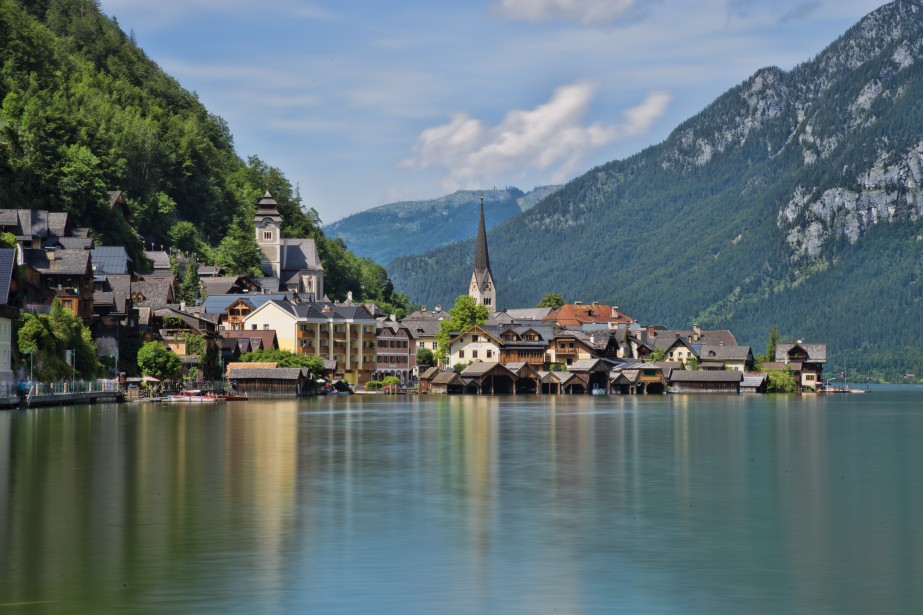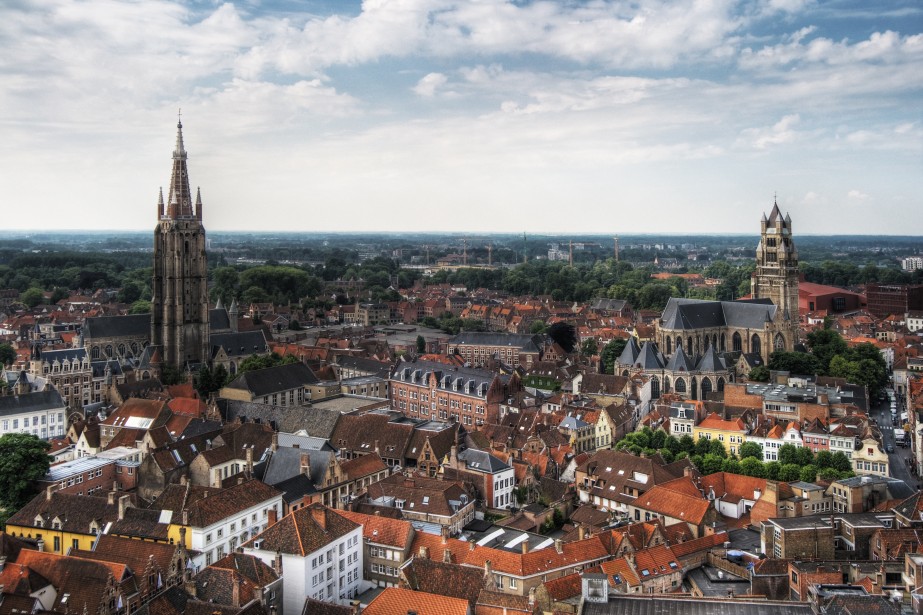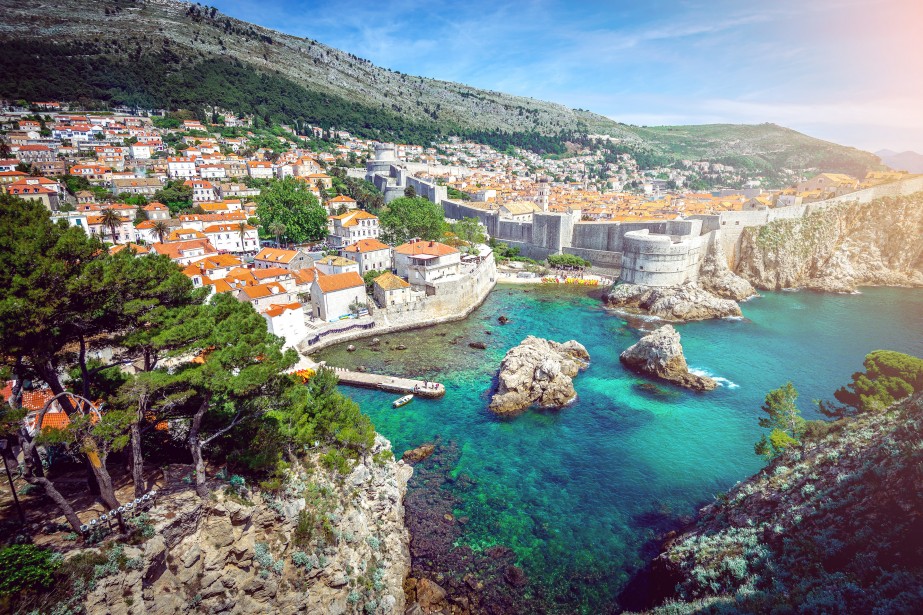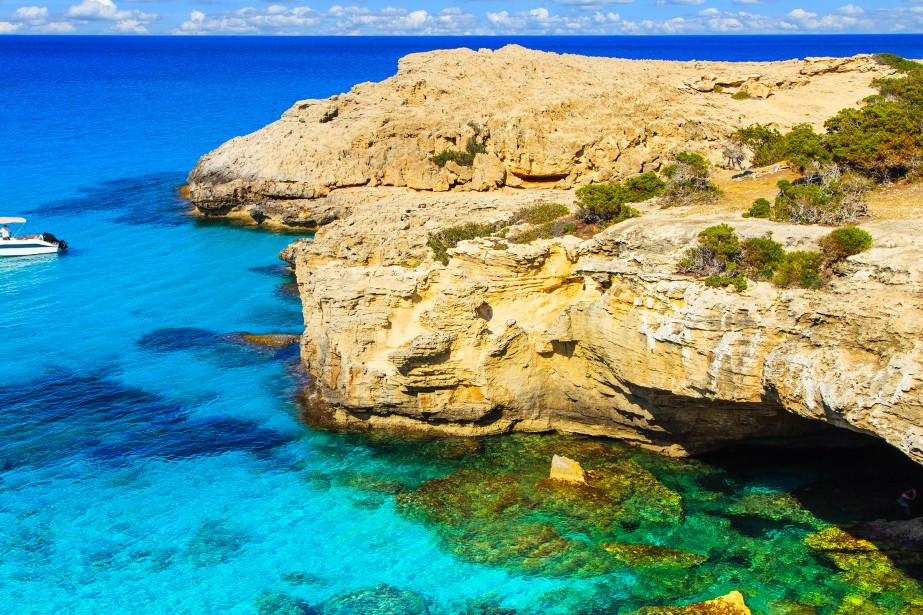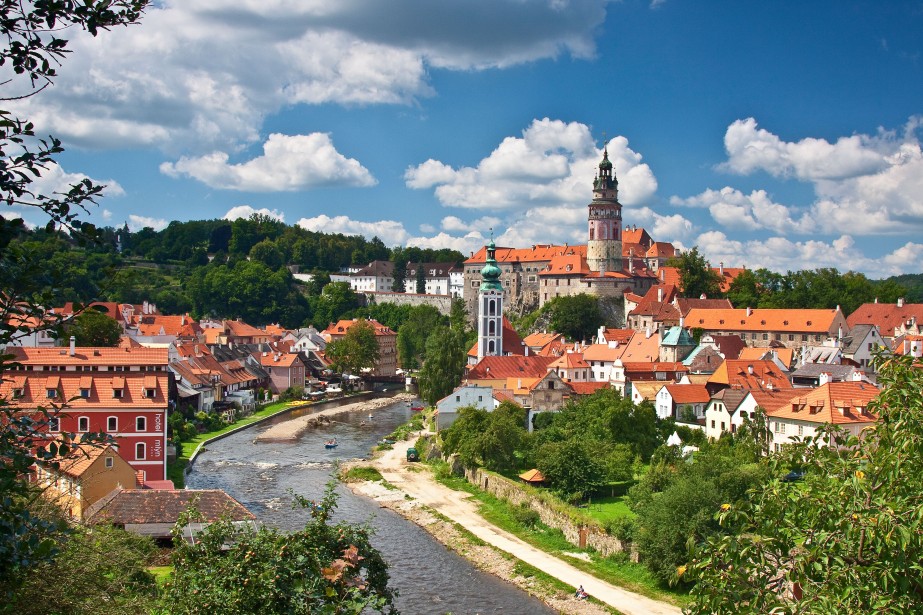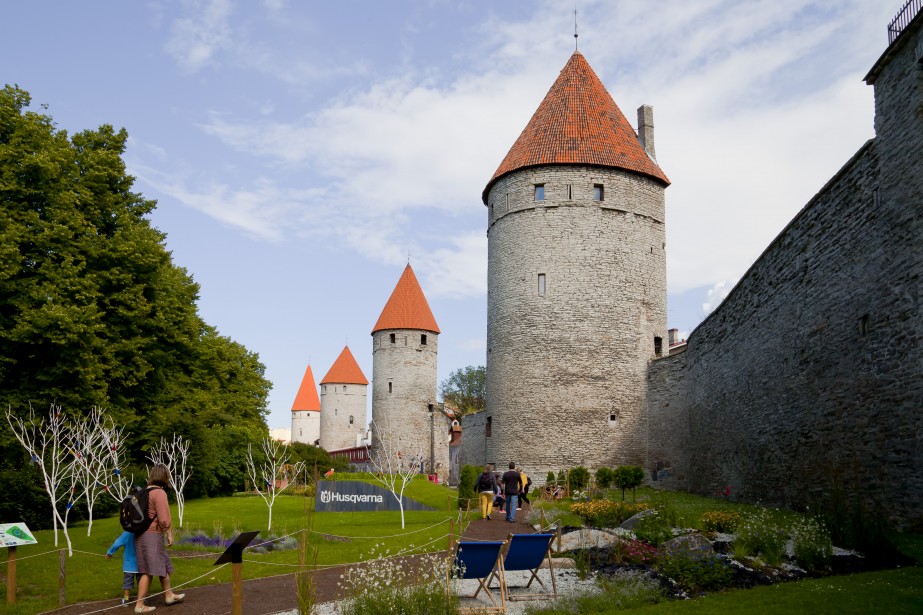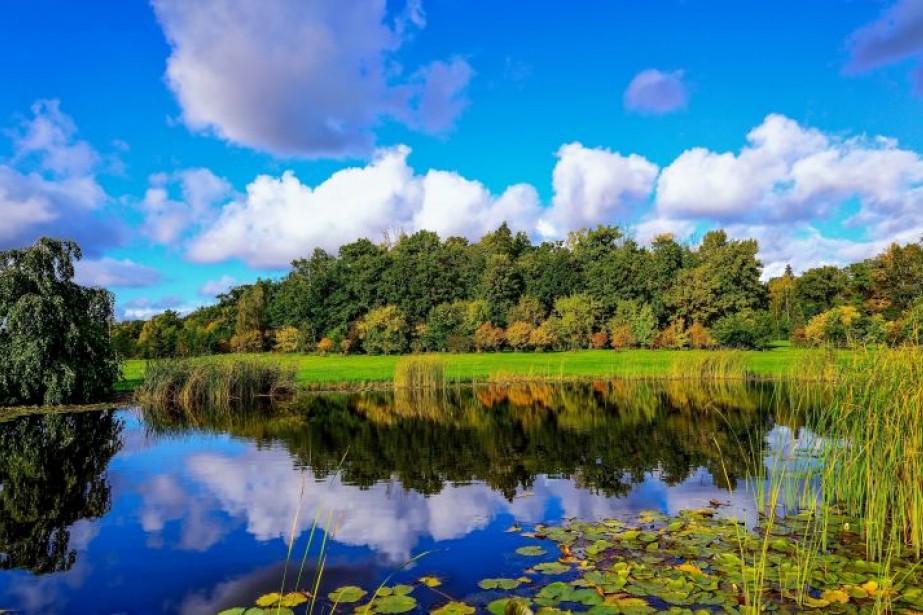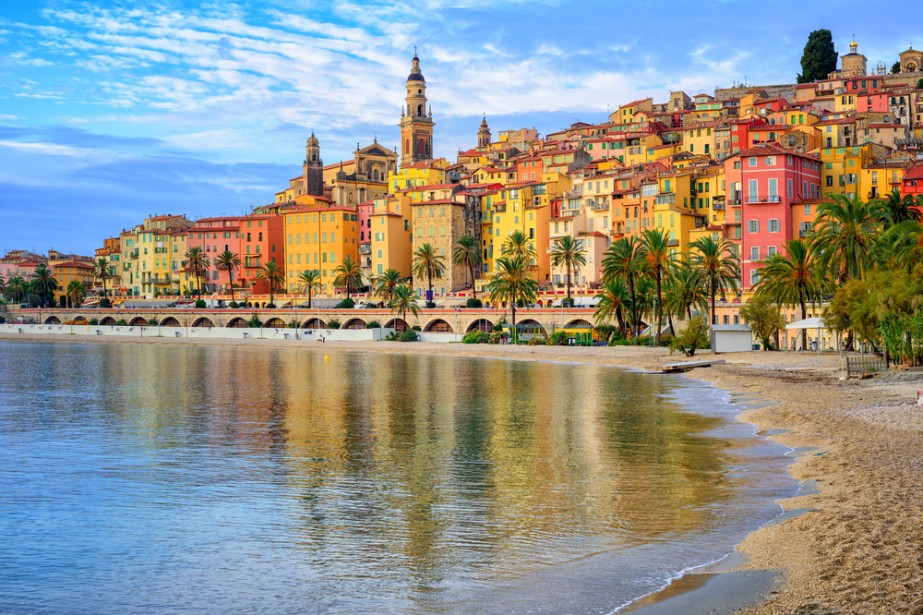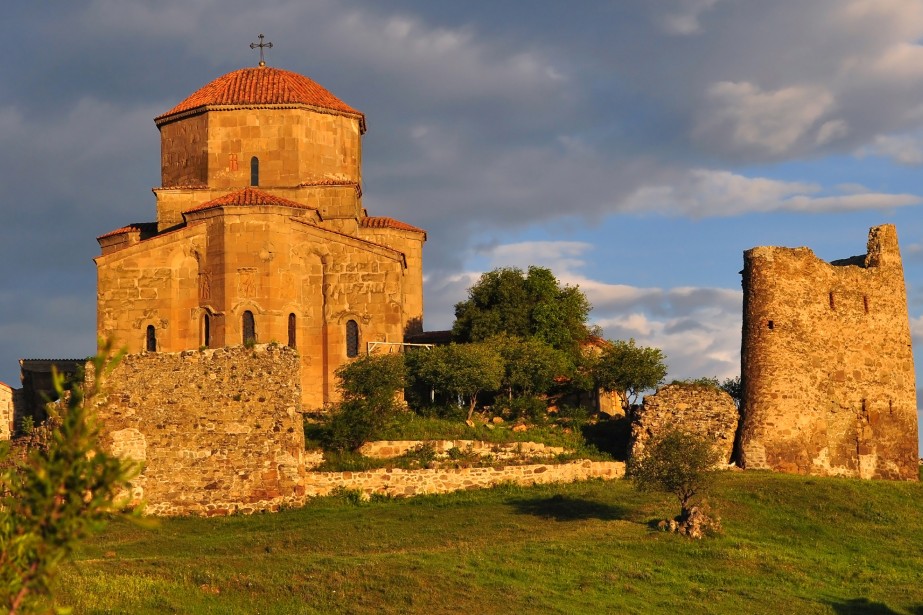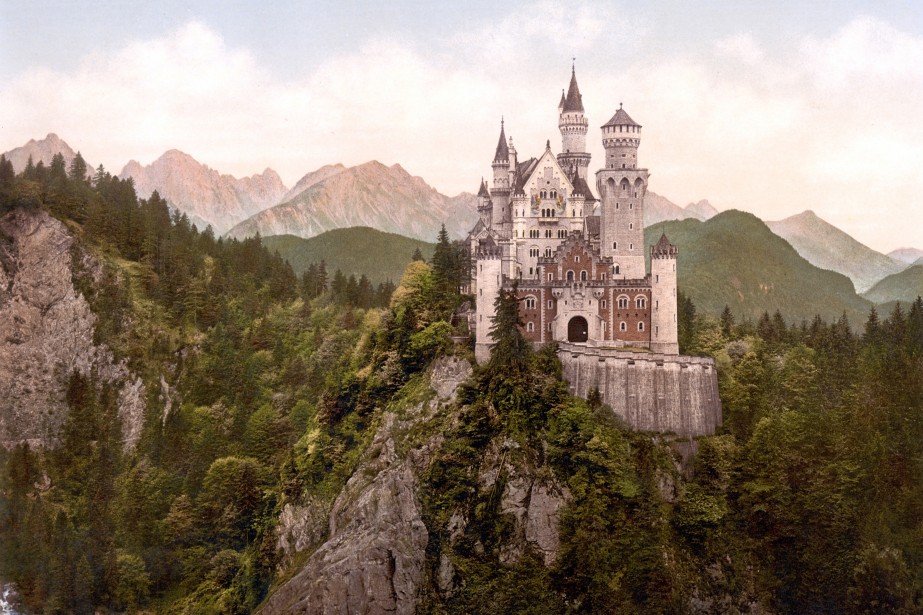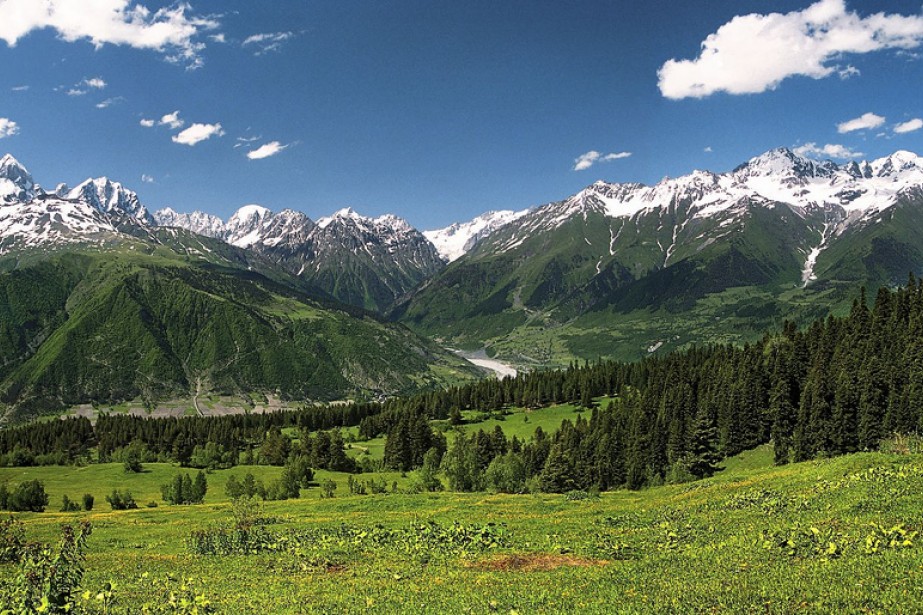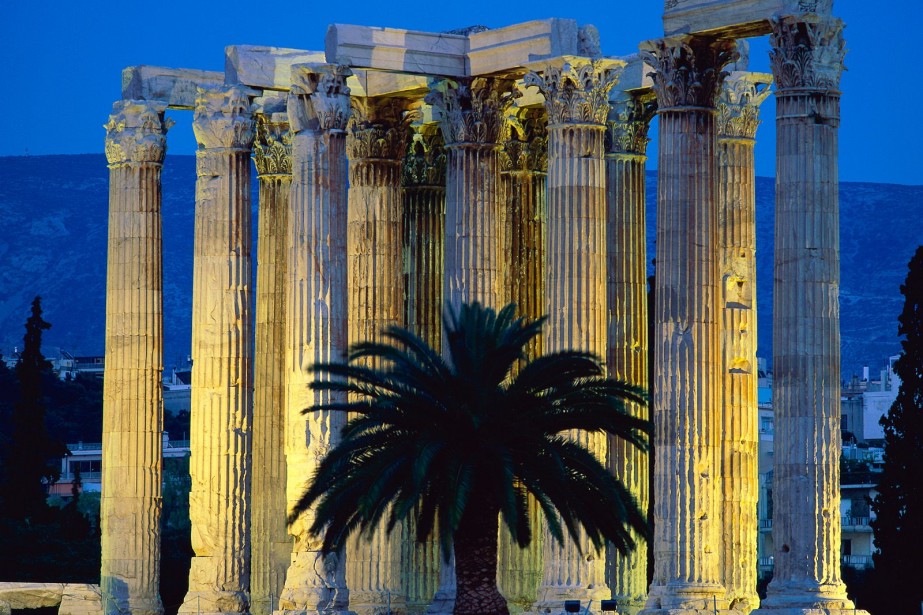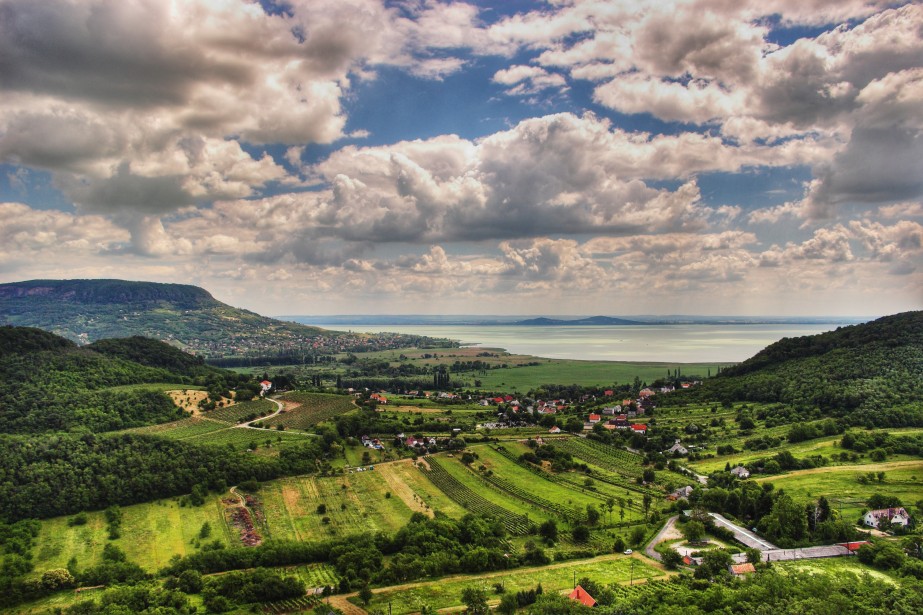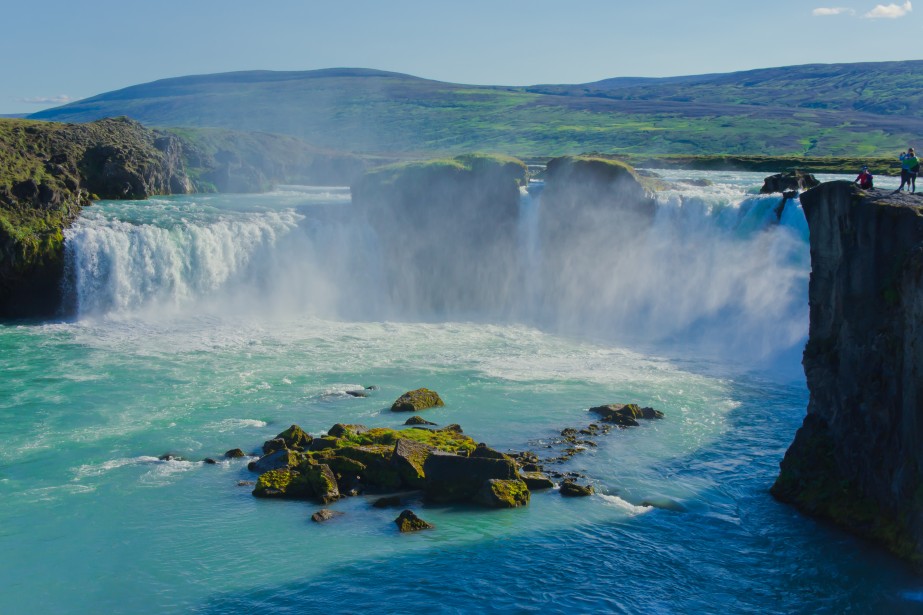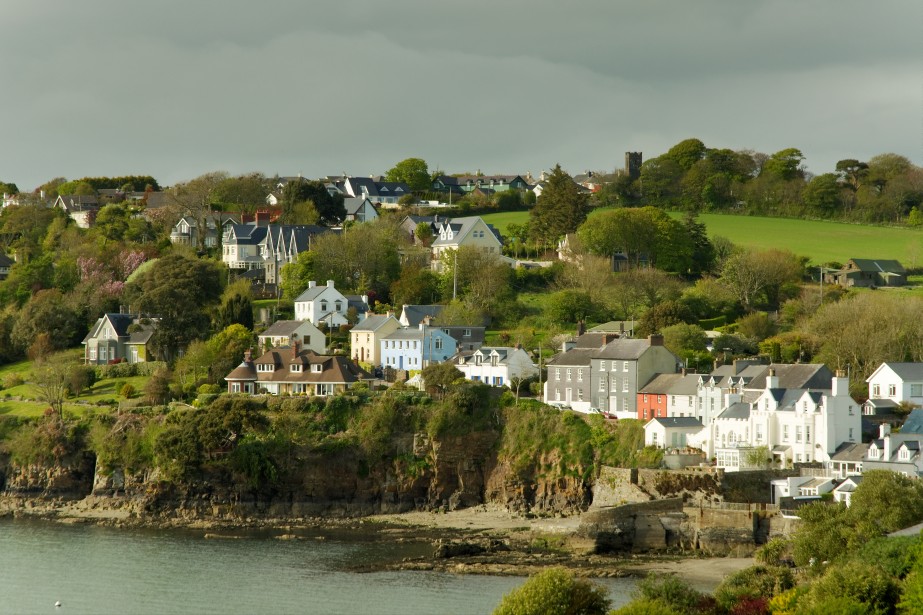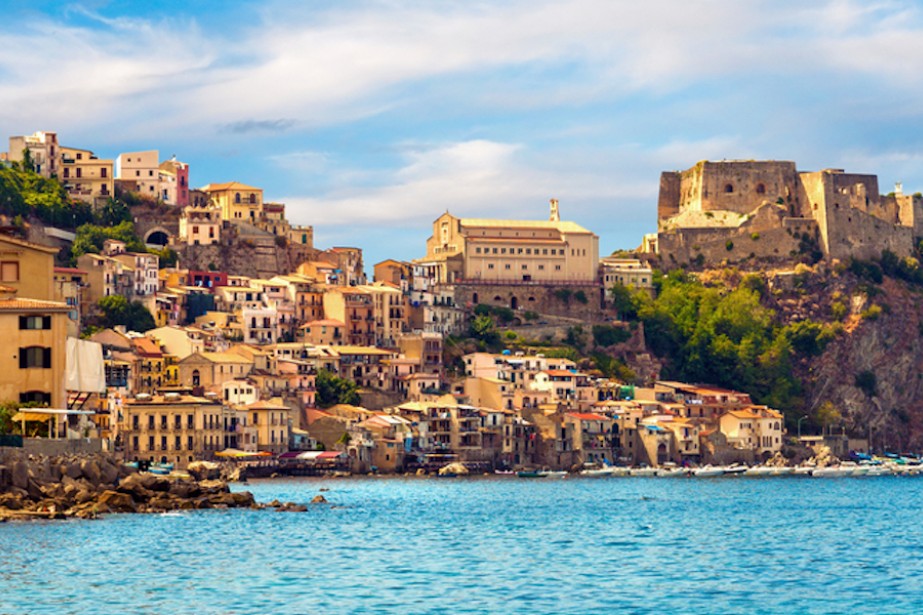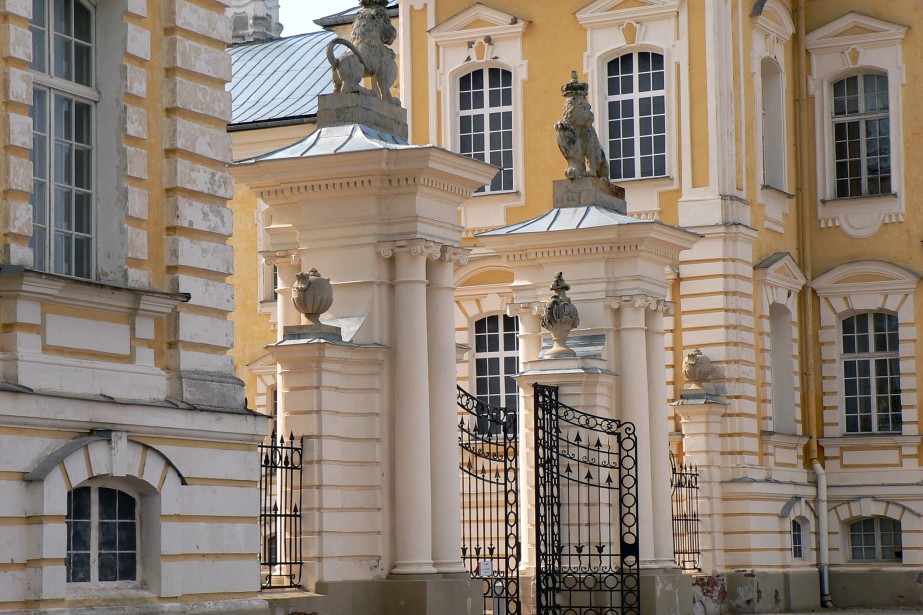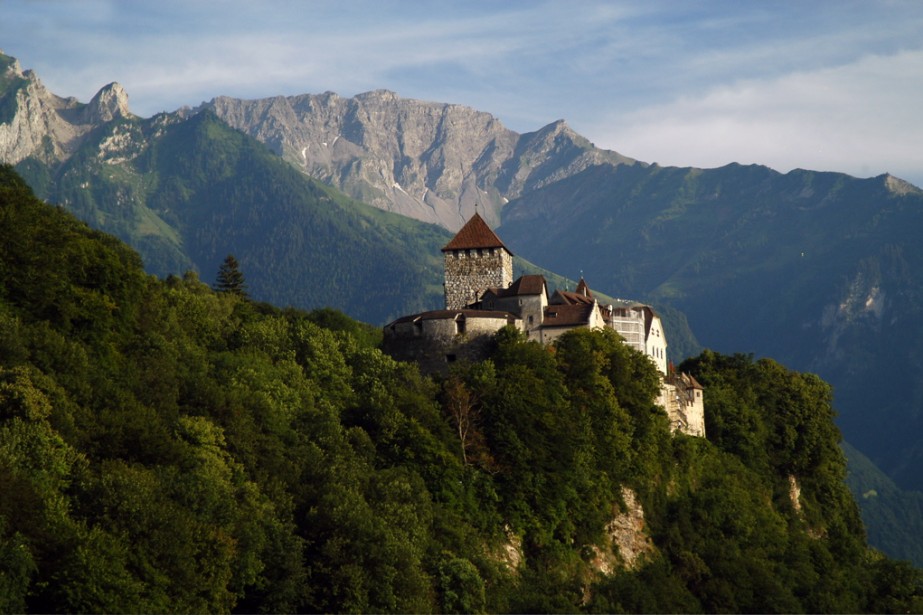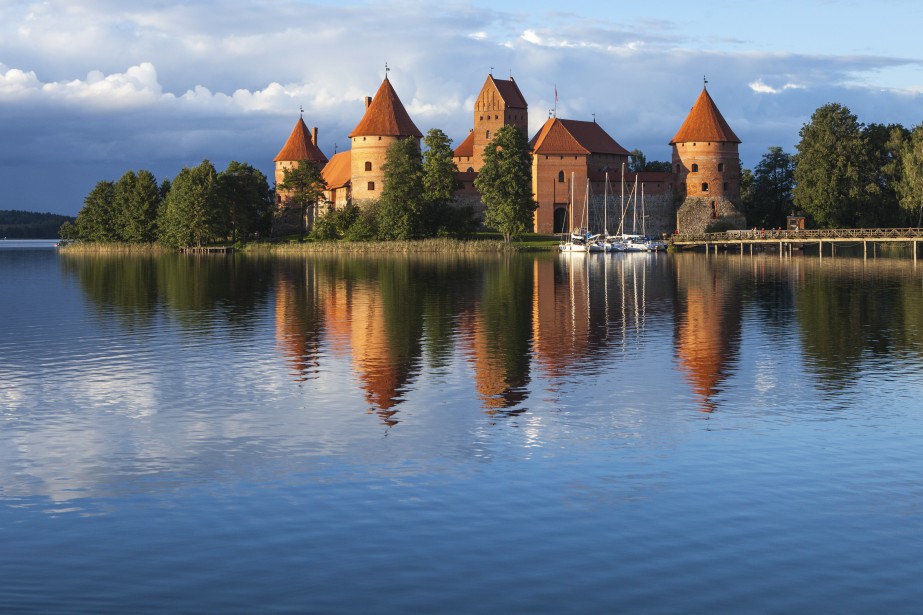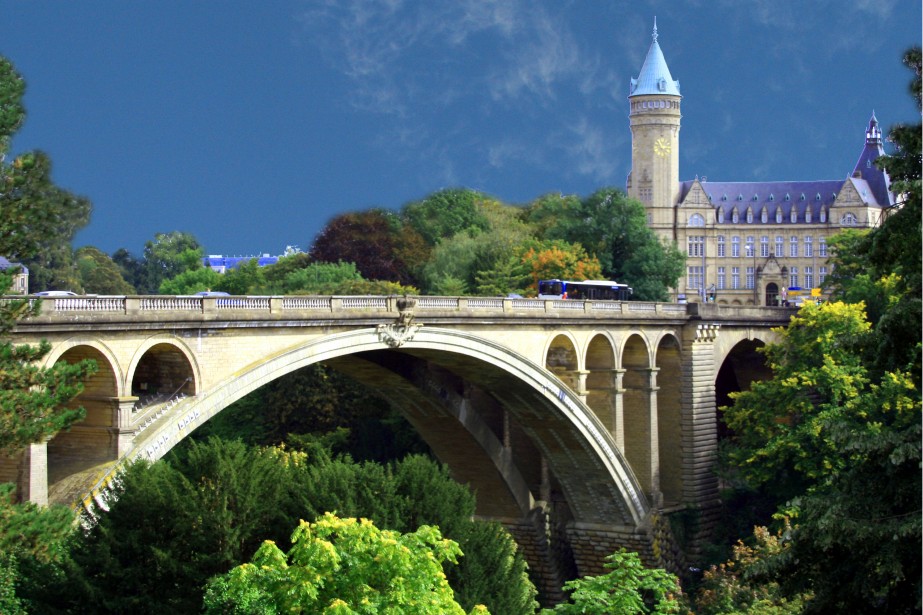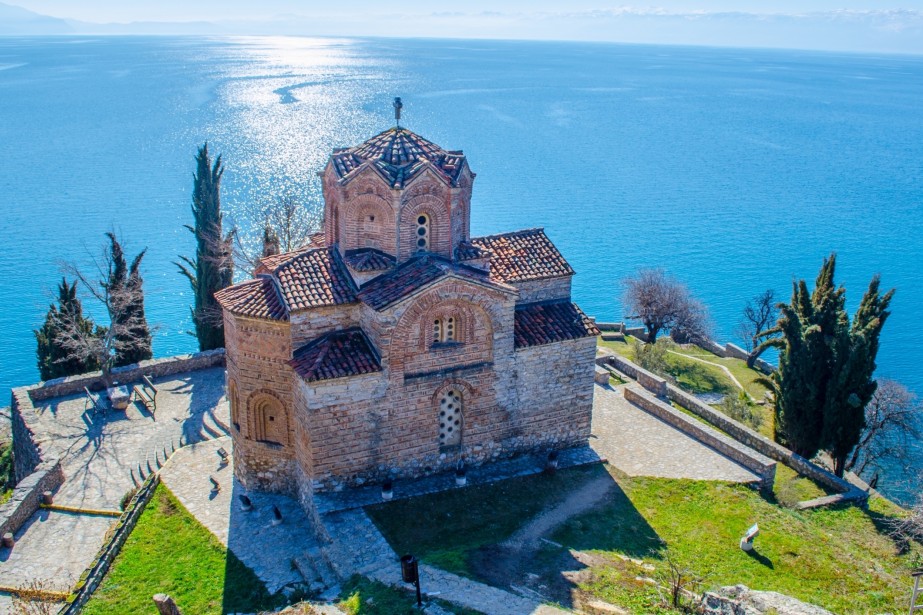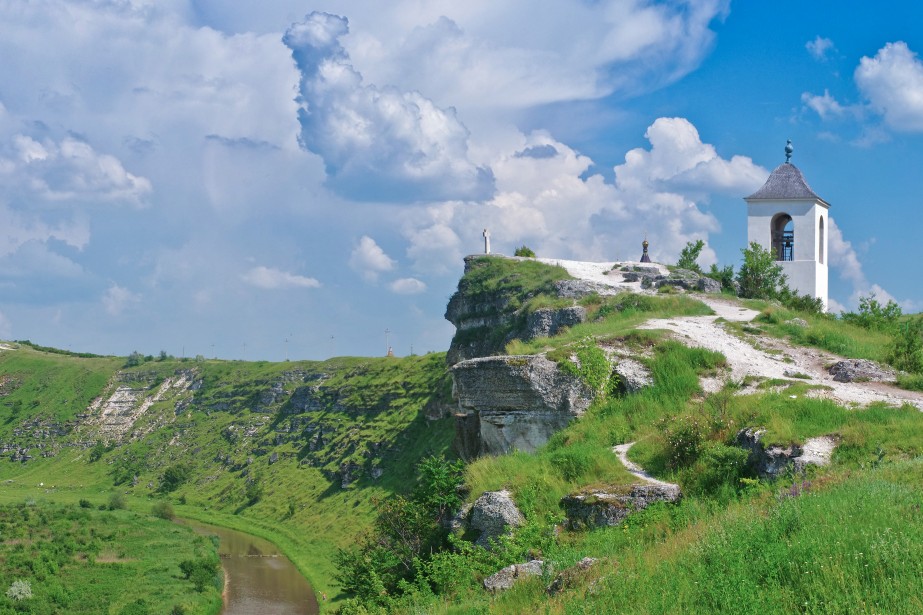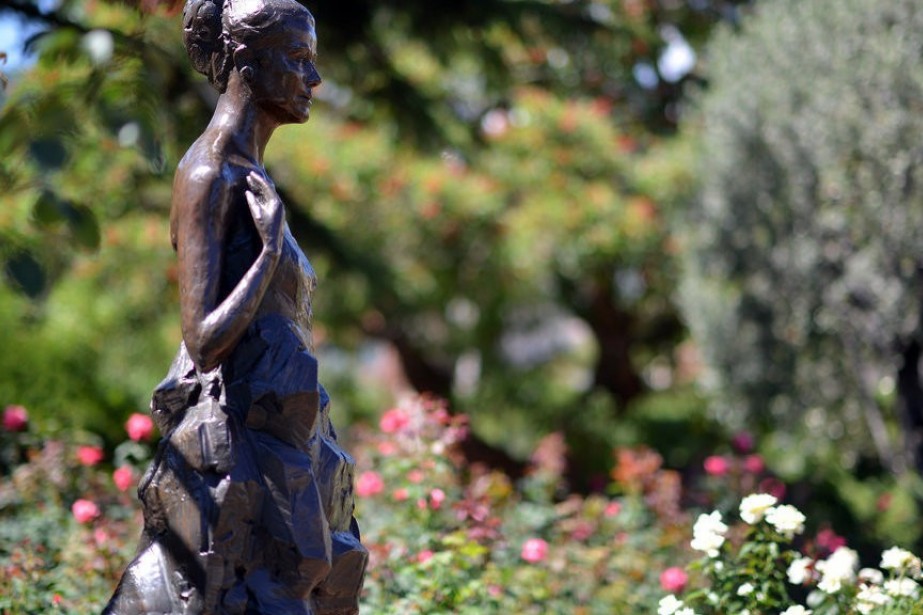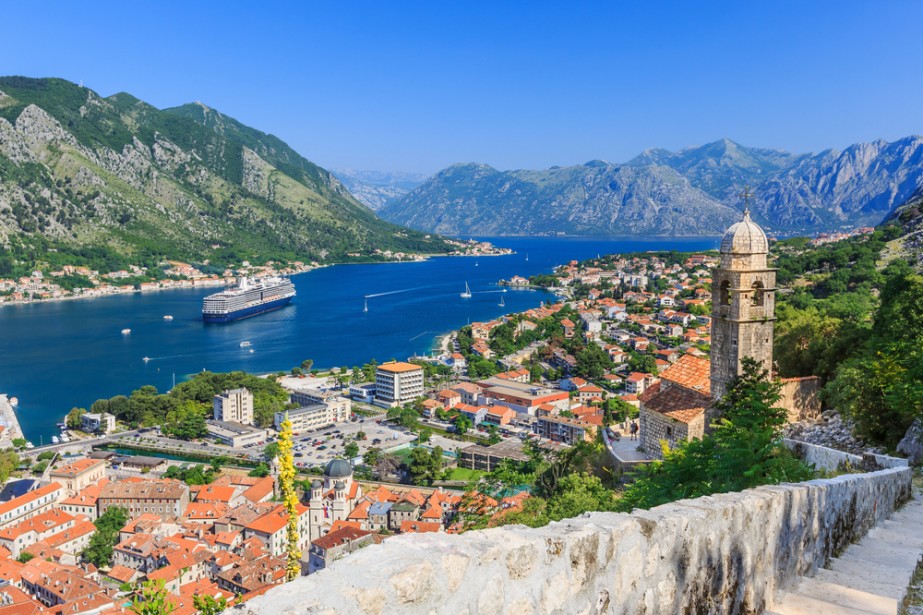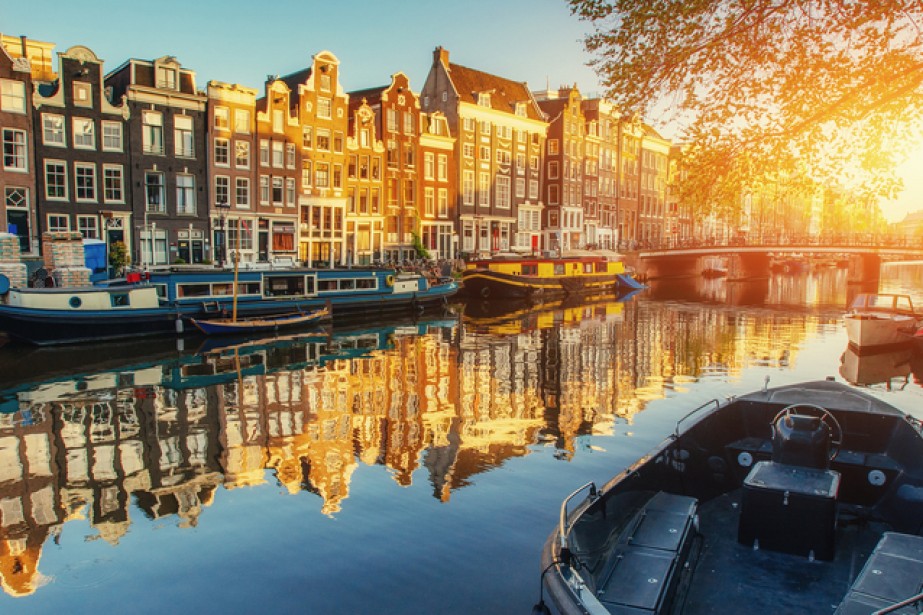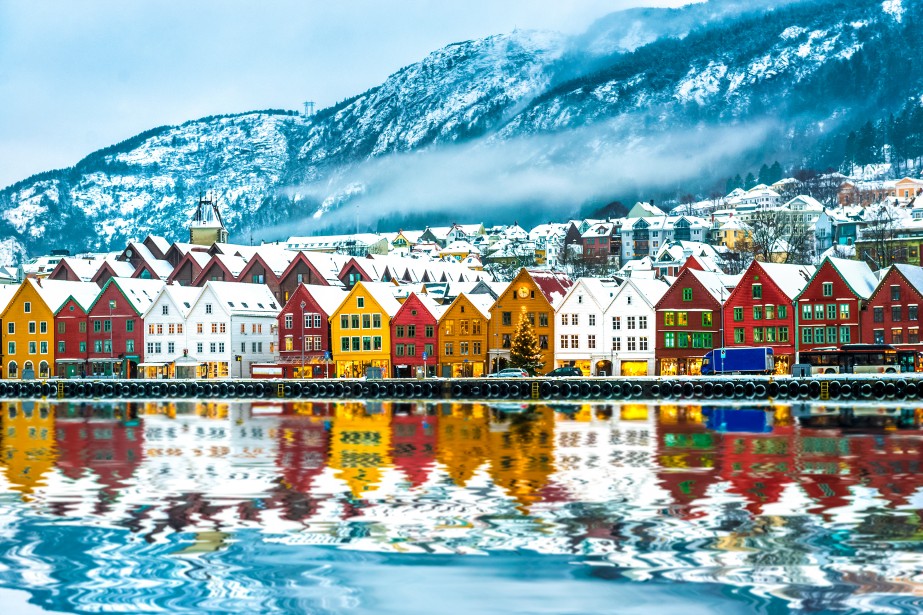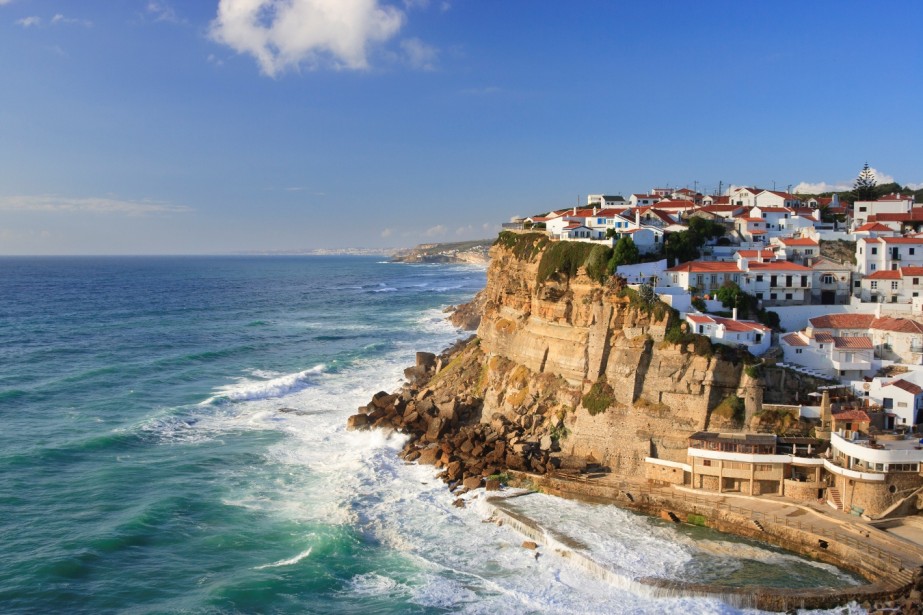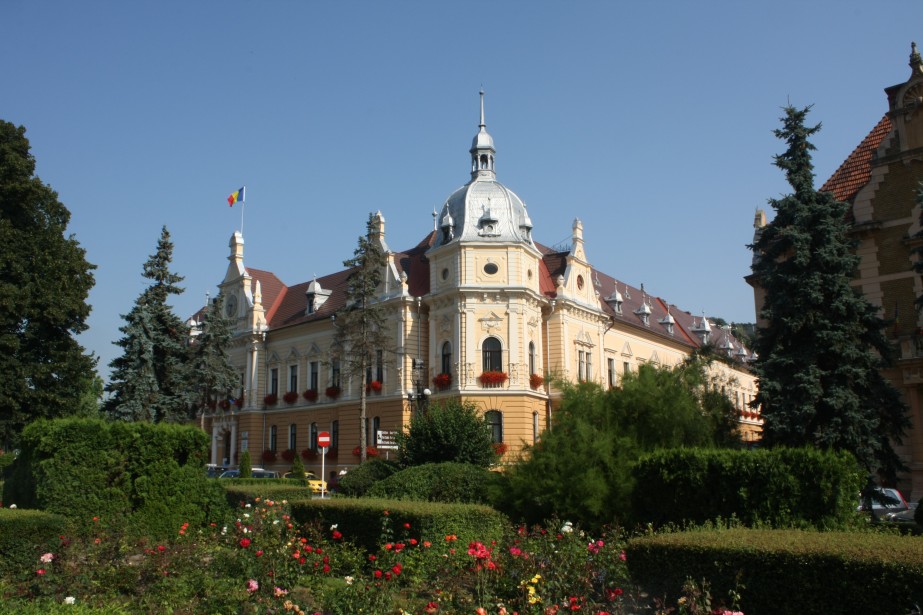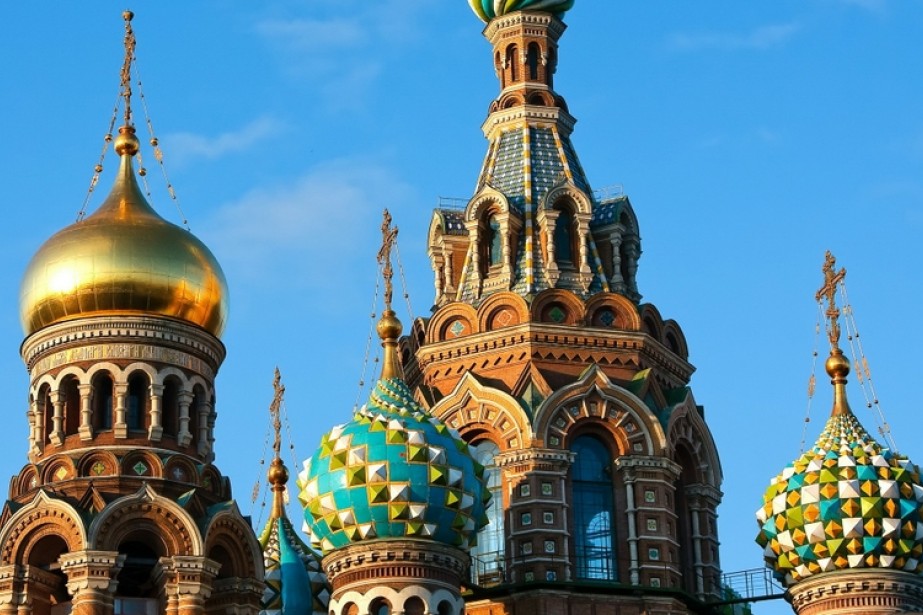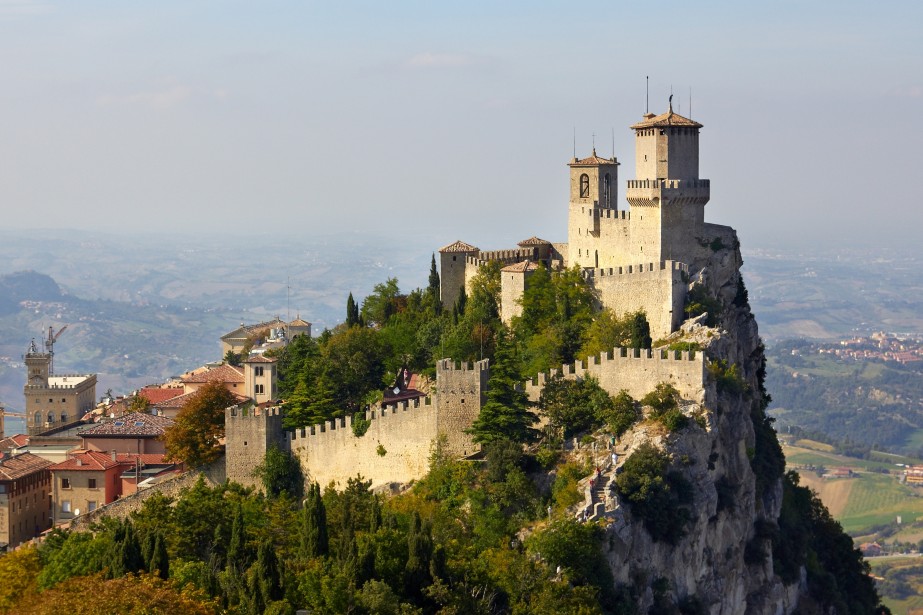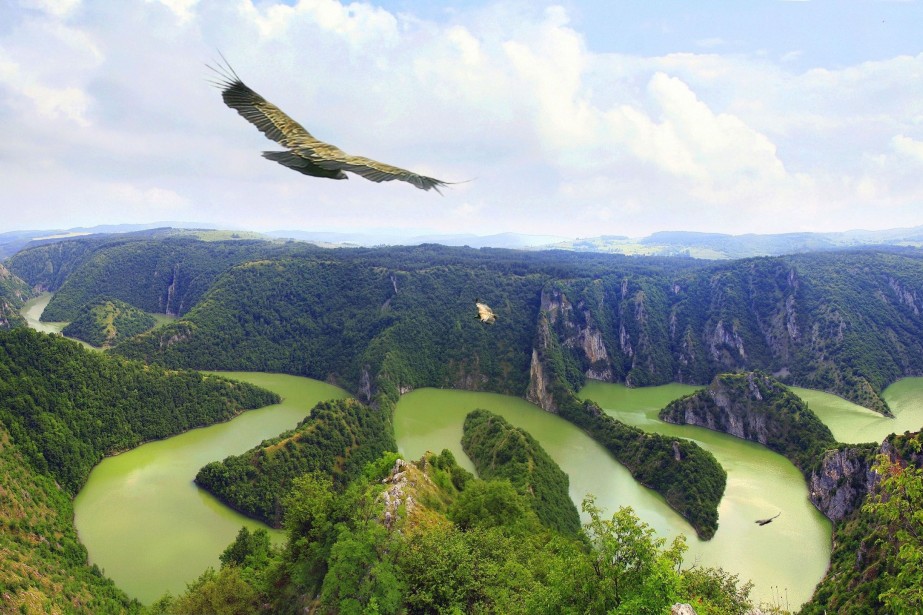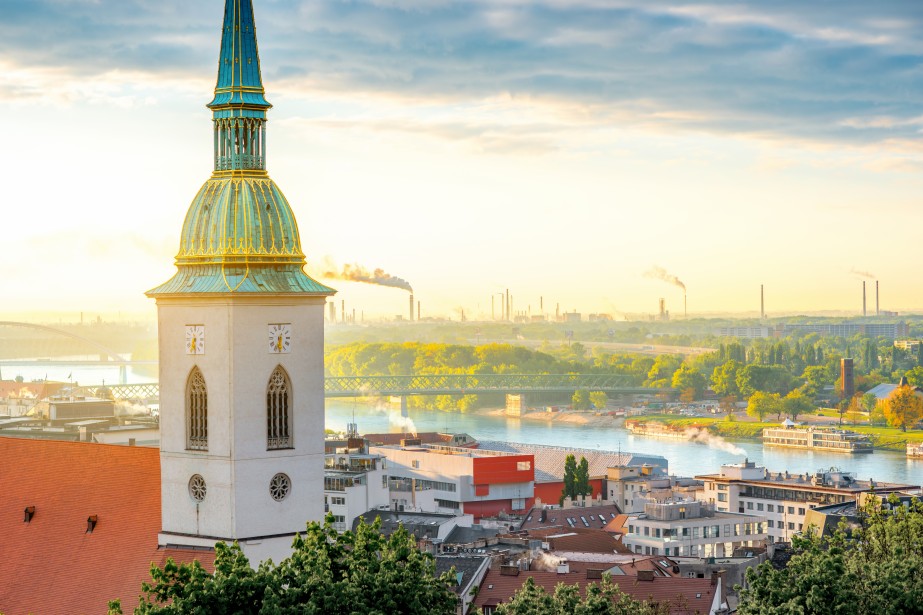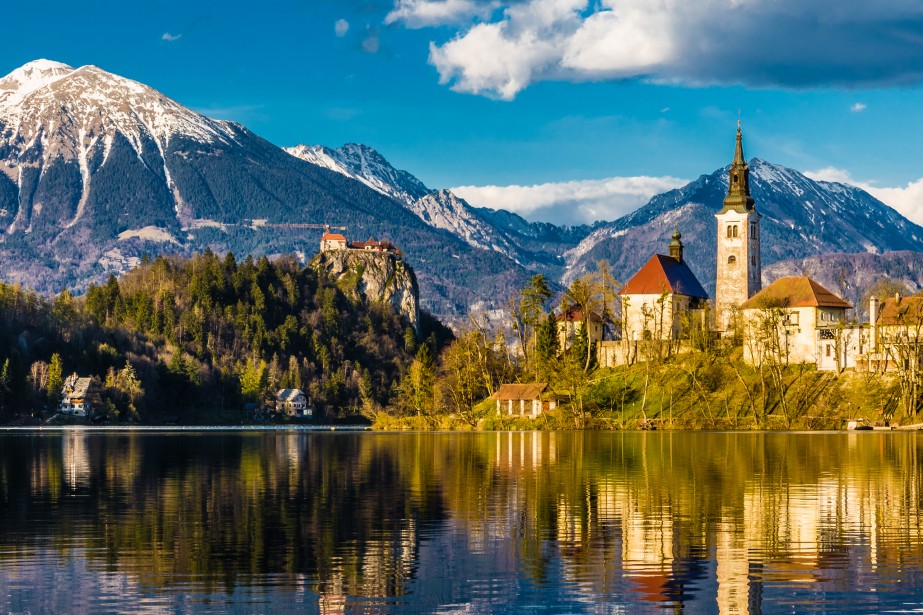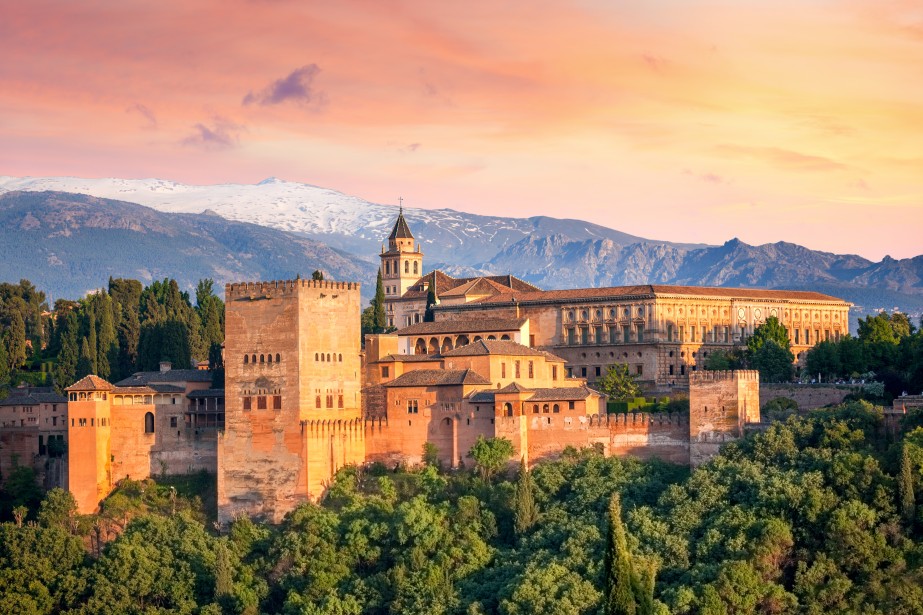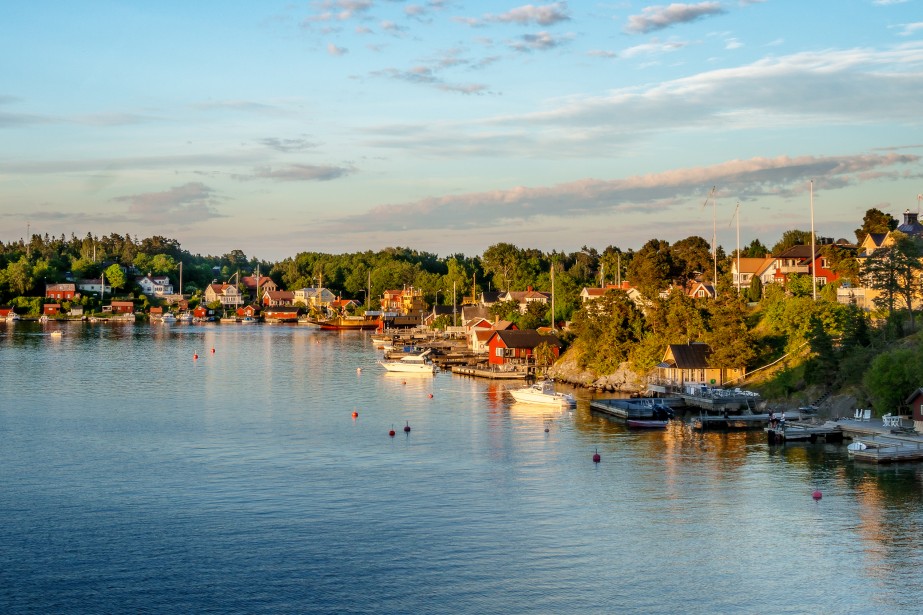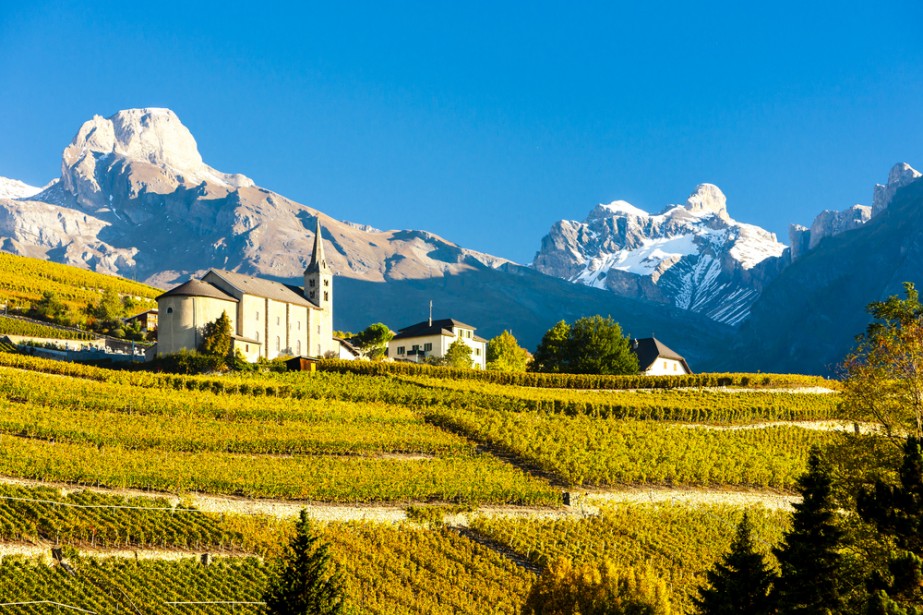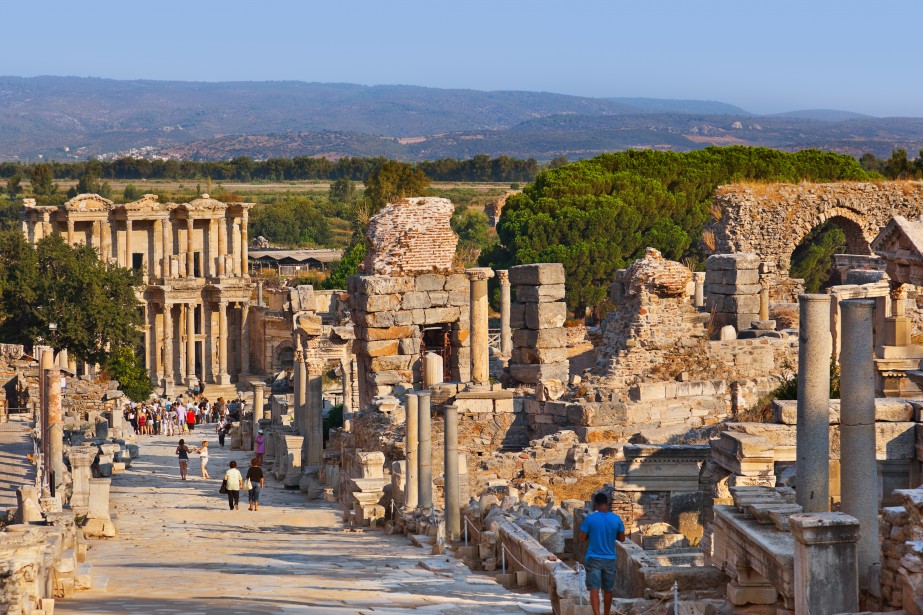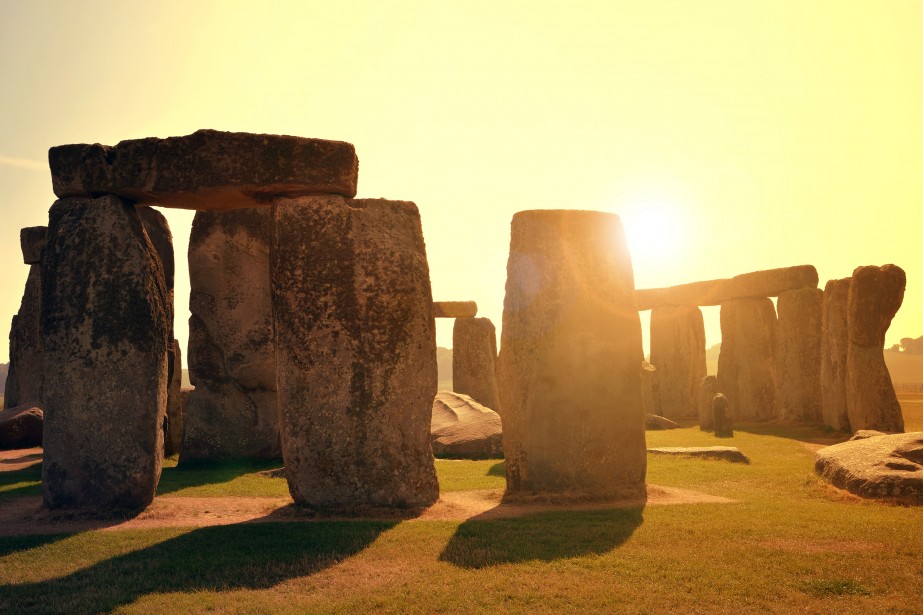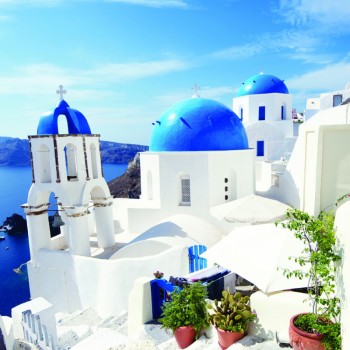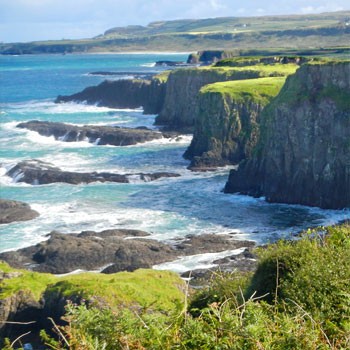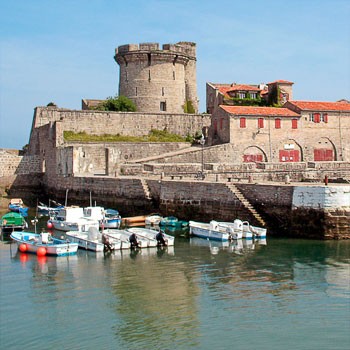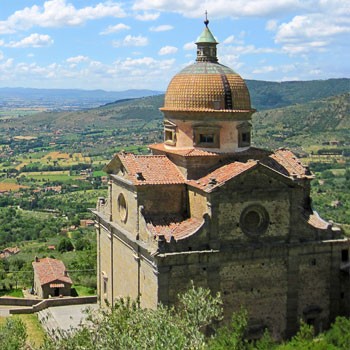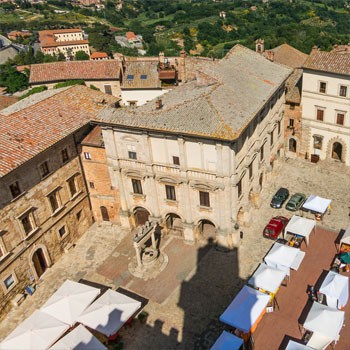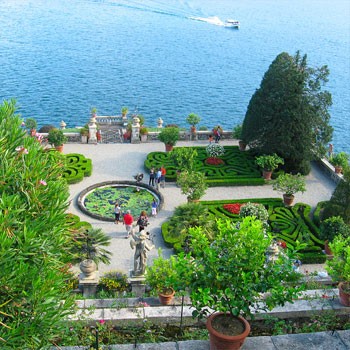Submitted by Pip Strickland on August 24, 2016
Overview
With an enviable location along the Adriatic Sea and a warm Mediterranean coastal climate, Croatia has become one of Europe’s most fashionable destinations. It is surrounded by Bosnia and Herzegovina, Hungary, Montenegro, Serbia, and Slovenia, and formed part of Yugoslavia following World War I before declaring independence in 1991.
While it boasts a lively capital Zagreb, home to excellent museums, art galleries and restaurants, it is the sun-drenched Dalmatian Coast that draws the majority of visitors. From exploring Diocletian's Palace in Split to soaking up Dubrovnik’s medieval old town, Croatia’s historic cities are imbued with undeniable romance.
Croatia is also blessed with stunning offshore islands home to evocative towns, and magnificent natural landscapes, the most famed of which is the luminous turquoise lakes of Plitvice. Croatia complements its tourist attractions with a recent resurgence in traditional Croatian cuisine and historic boutique accommodation that combine to make it a true standout.
When to travel/weather
Croatia experiences a Mediterranean climate along its coastline, with warm summers perfect for lazy days at the beach and mild winters that are still comfortable enough for sightseeing. The inland areas see hotter temperatures over the summer months of June through to August, while the winters in the mountainous regions can get incredibly cold.
Croatia’s peak tourist season spans July and August when prices soar along the Adriatic coast. The beaches are packed full and the streets really come to life, with hotels booking out well in advance. If you want to benefit from the best weather with slightly reduced crowds, opt to travel in either June or September instead.
From October through to May, things are much quieter along the coast, with some hotels and tourist attractions closing down altogether. The fall and spring months are an ideal time to visit Plitvice Lakes and Croatia’s other national parks, with vibrant colors and reduced temperatures perfect for trekking and cycling.
Although the waters of Southern Dalmatia might be too cold for swimming, winter shouldn’t be ruled out altogether, with heavily reduced hotel prices and far fewer crowds for exploring Croatia’s cultural and historic sights. But inland temperatures can drop to freezing and transport often delayed or disrupted.
Food and drink
Croatian cuisine blends influences from across Europe, drawing on both Mediterranean and Central European traditions. The Dalmatian coast has a distinct Italian flavor, with olive oil, rosemary, oregano, bay leaf and lemon common ingredients, while inland the use of black pepper, paprika and garlic draw on Hungarian influences. While each region of Croatia has its own cooking traditions, their unique dishes can usually be found in restoran and konoba across the country.
For Croats, lunch is a more important meal than dinner, usually eaten late in the afternoon, while mid-morning snacks are served at most eateries. Charcuterie meats are incredibly popular across the country, together with schnitzels, stews and sausages. Don’t miss the opportunity to try pašticada (beef cooked in wine and prunes) or opt for a mješano meso (mixed grill) to taste a few different local meats.
Along the coast, seafood is served in every shape and form, from refreshing octopus salad (salata od hobotnice) to whole grilled fish (na žaru), as well as brodet seafood stew cooked in red wine. Look for crni rižot, a black risotto with squid that takes its name from the ink in which it is cooked.
Cafes serve espresso from early in the morning and normally offer a full range of alcoholic drinks, together with pastries and light snacks. The Croatian beer tends to be light lager, while the local wine industry has started to make a name for its Chardonnays, Merlots and Cabernets. Try gemišt (white wine and bubbled mineral water) for a refreshing summer drink and look for vrhunsko vino (supreme wine) if you want to sample the best on offer at the supermarket. Rakija is the name given to all local fruit-derived brandies, including those flavored with honey, walnut and herbs.
Popular vacation spots
Dubrovnik - Croatia’s premier tourist destination is the UNESCO World Heritage-listed medieval Old Town of Dubrovnik, situated on the Adriatic coast. Take in the views from the old ramparts which surround the city, marvel at the Renaissance architecture of the Sponza Palace and the beloved Baroque St Blaise's church. Then take a boat tour to explore the fort, monastery and botanic gardens on nearby Lokrum Island.
Split - Centered around Roman Emperor Diocletian's Palace, Split is Croatia’s second largest city and boasts a beautiful location overlooking the Adriatic Sea. Four monumental gates lead into the square-planned palace, renowned for its Peristyle arcaded courtyard, Cathedral of St. Domnius and the recently-restored Temple of the Aesculapius. Built from local white limestone and marble, Split’s Old Town has been designated a UNESCO World Heritage Site and is blissfully pedestrian only.
Hvar Town - One of the most famous of Croatia’s Dalmatian Islands is beautiful Hvar, home to luxury boutique hotels, historic architecture and sensational seafood restaurants. Charismatic Hvar Town is the center of tourism on the island, with a sprawling square overlooked by Gothic palaces and encompassed by 13th-century walls. But Hvar also boasts some beautiful beaches and the nearby Pakleni Islands, renowned for their crystal clear lagoons and hidden stretches of sand.
Plitvice Lakes National Park - Croatia’s largest national park is Plitvice Lakes, which encompasses densely forested hills within the karst interior of the country. Its 16 turquoise lakes are the feature point of the park and are connected by natural travertines, with a network of wooden boardwalks and pathways meandering between the cascading features. While Plitvice can get incredibly busy during the peak summer tourist season, the longer walking routes allow you to explore less trodden areas and perhaps catch a glimpse of the park’s resident eagles, falcons, wolves and bears.
Zagreb - Situated along the Sava River in the northwest of the country, the capital Zagreb often gets overlooked in favor of Croatia’s Dalmatian Coast. But its medieval Gornji Grad is just one of its many charms, together with excellent museums and restaurants, a vibrant nightlife, and the ever-popular Museum of Broken Relationships. Witness the Neo-Gothic architecture of the Zagreb Cathedral and the medieval St. Mark’s Church, wander the historic Ban Jelačić Square, and take in the views across Zagreb from the 13th-century Tower of Lotrščak.
Korčula - Situated in the Adriatic Sea off the Dalmatian Coast, the island of Korčula is a favorite getaway for both domestic and international visitors. Its main settlement of Korčula Town is surrounded by medieval walls and towers, while its atmospheric stone streets are lined with Venetian-era stone buildings, together with the believed birthplace of the 13th-century explorer, Marco Polo. Korčula is swathed in vineyards and ringed by beautiful beaches, making it an ideal place to explore by bicycle.
Kornati National Park - Encompassing more than 80 islands in the north of Dalmatia, the Kornati National Park features mostly uninhabited islets, renowned for their breathtaking scenery and marine life. Many of the basic stone cottage once built by fishermen have now been converted into accommodation and seafood restaurants, with day cruises from the mainland including swimming and snorkeling in the azure waters, together with a dose of local history.
Zadar - Situated on a small peninsula on the edge of the Adriatic Sea, Zadar stands as Croatia’s longest continually-inhabited city. The combination of Roman ruins, medieval and Romanesque churches, together with modern developments, make it an intriguing and lively destination to visit. Witness the 9th-century Church of St. Donatus and climb the bell tower of the St. Anastasia Cathedral for spectacular views across the Old Town. Then listen to the Sea Organ make wave-inspired music and watch the Greeting to the Sun illuminate the seafront by night.
Practical information
Language
Croatia’s official language is Croatian - a South Slavic language spoken not only in Croatia, but also by the Croat population of Bosnia and Herzegovina. Czech, Hungarian, Italian, Ruthenian, Serbian and Slovakian are also spoken in some regions of ethnic minority groups, while German and English are the most widely spoken second languages. Croatia’s booming tourism industry means that travelers will have no issue conversing in English, unless they plan on venturing into remote rural areas.
Money
Croatia’s official currency is the kuna, with banks and exchange bureaus offering the best rates to change money, and larger post offices also offering competitive services. Travelers’ cheques are accepted at most banks and exchange bureaus, but the transaction takes a long time and it is far simpler to just withdraw from ATMs which are widespread throughout the country. Credit cards are accepted at some large hotels, travel agencies, upmarket restaurants and shops, although cash is still the preferred method of payment in most places.
Health and Safety
Crime levels in Croatia are low, with only minor petty crimes reported in the larger cities and pick-pocketing which may affect some tourists. Always carry a photocopy of your passport or driver’s license for identification purposes and police checks.
Although no additional vaccinations to routine shots are required for entry into Croatia, those planning on trekking through the mountainous regions should be aware that tick-borne encephalitis can be found. Those with a European Health Insurance Card are entitled to free emergency hospital treatment, while other travelers should check on their country’s reciprocal health agreement with Croatia and travel with comprehensive insurance.

